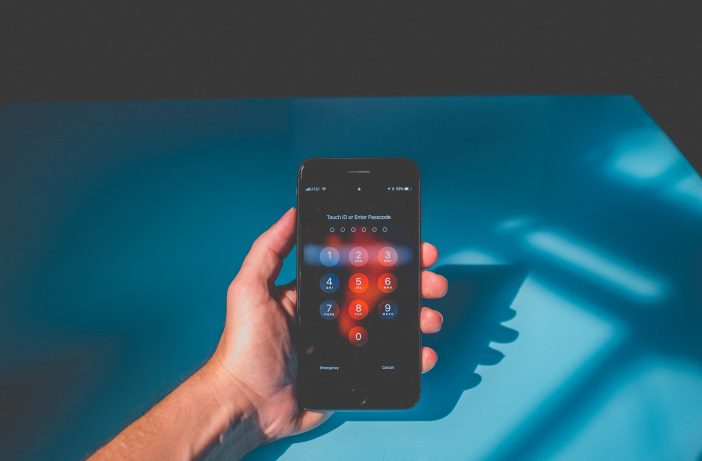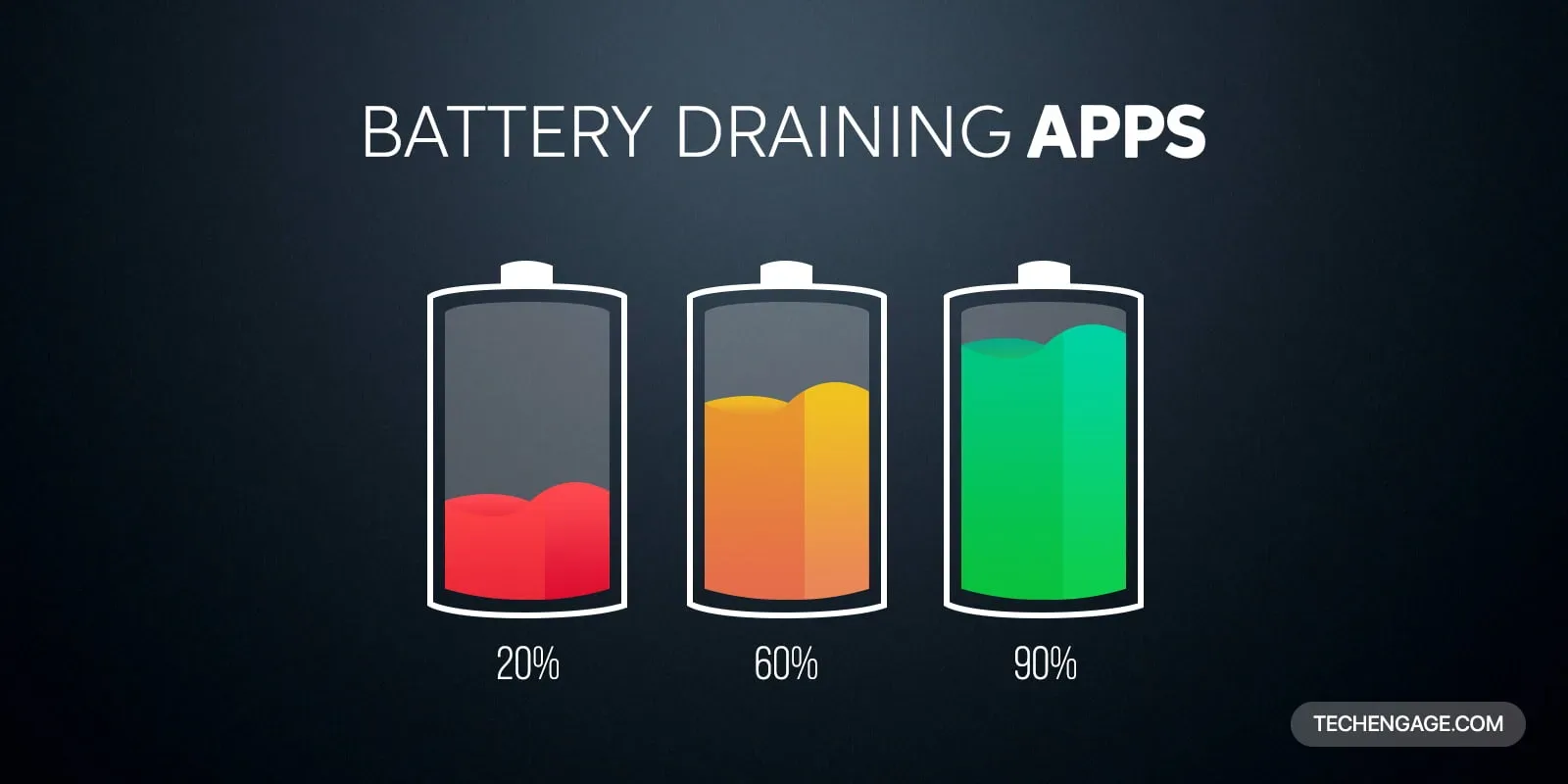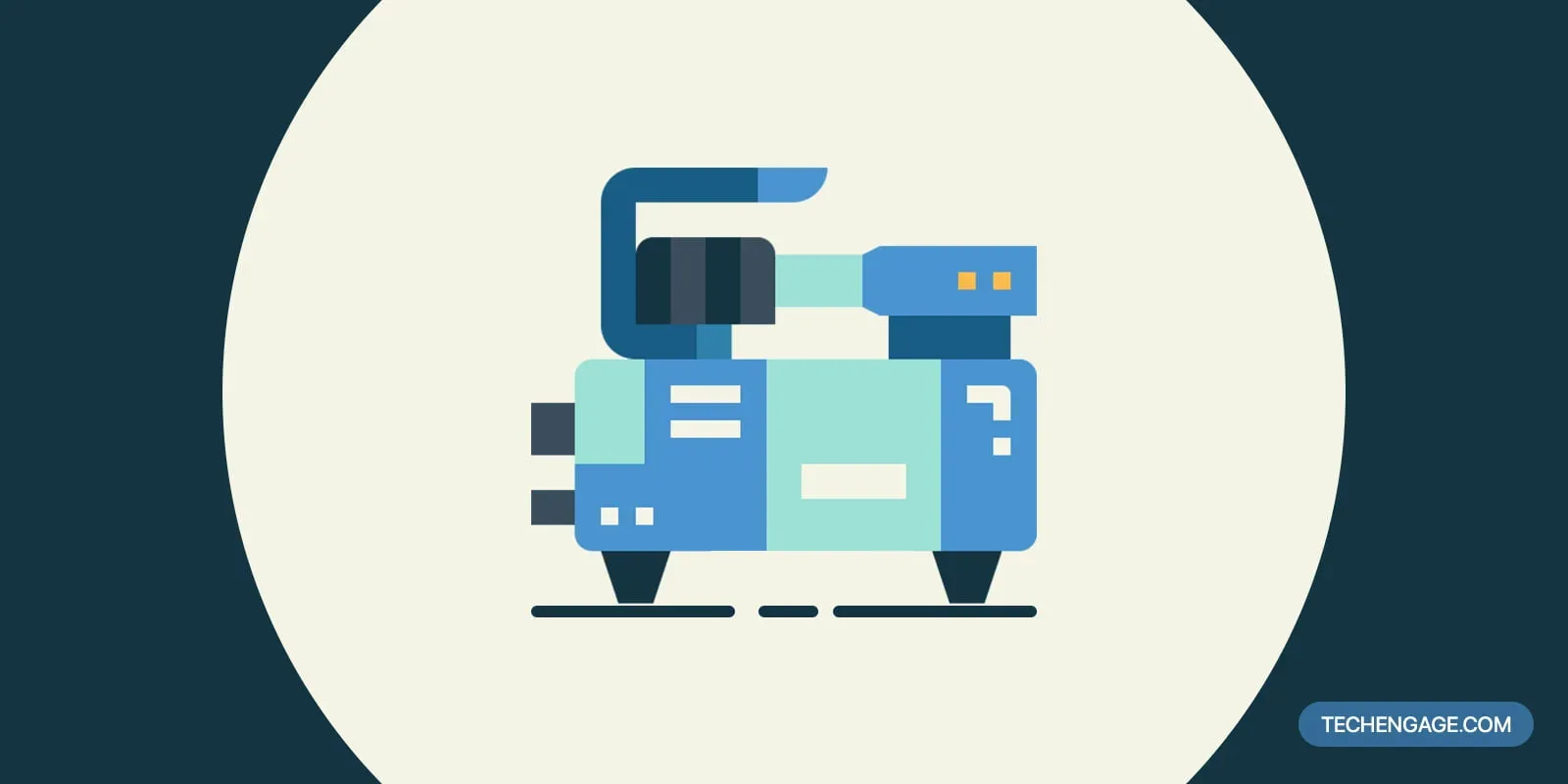The COVID-19 pandemic is changing every aspect of everyday life, from where we go to who we see to how we work. With stay-at-home orders in effect for more than 300 million people in the U.S., not to mention billions globally, companies are facing the new reality of relying on a remote workforce to keep the proverbial lights on. Although there can be plenty of benefits to a remote workforce, such as reduced stress and increased productivity, many companies that were forced into remote working are having a difficult time adapting. In an effort to accommodate this new reality, cybersecurity efforts may need to be enhanced to keep business and client data safe. Here’s how your business can enhance security overall, not just in light of the pandemic.
Enhance passwords

The first step to any good cybersecurity plan is ensuring that employees are knowledgeable about your security efforts and are supporting them. One of the easiest ways that they can participate in an enhanced security posture is by ensuring that their passwords are not easily hacked. Start by educating employees on the importance of strong and varied passwords, including not using personal passwords for business accounts. In a 2019 survey on password security, 51 percent of respondents thought that it was too difficult to manage all of their passwords. Ensure that employees understand the risks of a laissez-faire attitude to password management so that they are more inclined to cooperate than resist.
Another important aspect of password security is implementing multi-factor authentication (MFA). With multi-factor identification, passwords are harder to hack, as there is an additional element, such as a code, security question, or biometric element, involved. In a 2019 survey, 57 percent of respondents said that they would prefer a method to protect their identity that doesn’t involve the use of passwords. Biometric identification helps to solve this problem by allowing users to use personal features to log in. When used in conjunction with standard, strong passwords, this helps to protect accounts. Multi-factor identification can also be used with an Artificial Intelligence (AI) program that validates access based on situational factors. For instance, does this user often log in from a particular IP address? If something seems amiss, AI programs can flag the account to prevent suspicious logins. Context is critical in security decision making.
Ensure that connections are secure – and consider Zero Trust

Most businesses should understand the importance of secure Wi-Fi connections. But using unsecured connections is the most common way companies expose themselves to data breaches. With most public places closed for the foreseeable future, limiting Wi-Fi to personal, secure connections should be easy, but it is always important to remind your employees. If employees are not used to working remotely, they may not remember to consider if their connection is secure or not. Send out a gentle reminder to employees that emphasizes the importance of secured networks and reiterate the importance of this when working from home.
Businesses should also be considering implementing a Zero Trust Network Architecture to further enhance their security posture. A Zero Trust Network Architecture will constantly verify everything that tries to connect to its system, both inside and outside the network perimeter, before granting it access. This perimeter-less network allows for a more seamless, secure, safe, and better performing networking for staff, partners, and clients. The architecture can support small businesses and large corporations, and properly implemented, will contribute to greater working flexibility, and greater satisfaction from all involved as well.
Improve cloud solutions
Implementing cloud solutions will allow all employees to access work-related files and can enhance collaboration throughout our teams. Having this in place will help prevent the need to return to the office to gain access to missed files. Typically, the most secure solution for businesses is a private cloud solution, but many organizations opt to take a hybrid cloud approach instead. Whatever the option may be, the most important aspect to consider is how secure the solution will be, and what protective measures are in place to prevent cyber attacks. Ensure that cloud providers are fully vetted for trustworthiness and experience.
The future of security

Although implementing new cybersecurity features to help a business through a temporary time may seem like overkill, phishing and cyber hacks have been on the rise since most workplaces have been forced to move their work processes off-site. With the rapid transition to this new way of working, hackers know that companies may be more vulnerable. This makes it an important time for businesses to implement new cybersecurity methods and to reinforce their cybersecurity policies with staff and trading partners. And in the future, when the pandemic has subsided, having the ability for employees to work remotely may change how businesses run. With fully remote employees reporting 4.4 percent more productivity, businesses and employees may decide to make the transition to remote work permanent.



